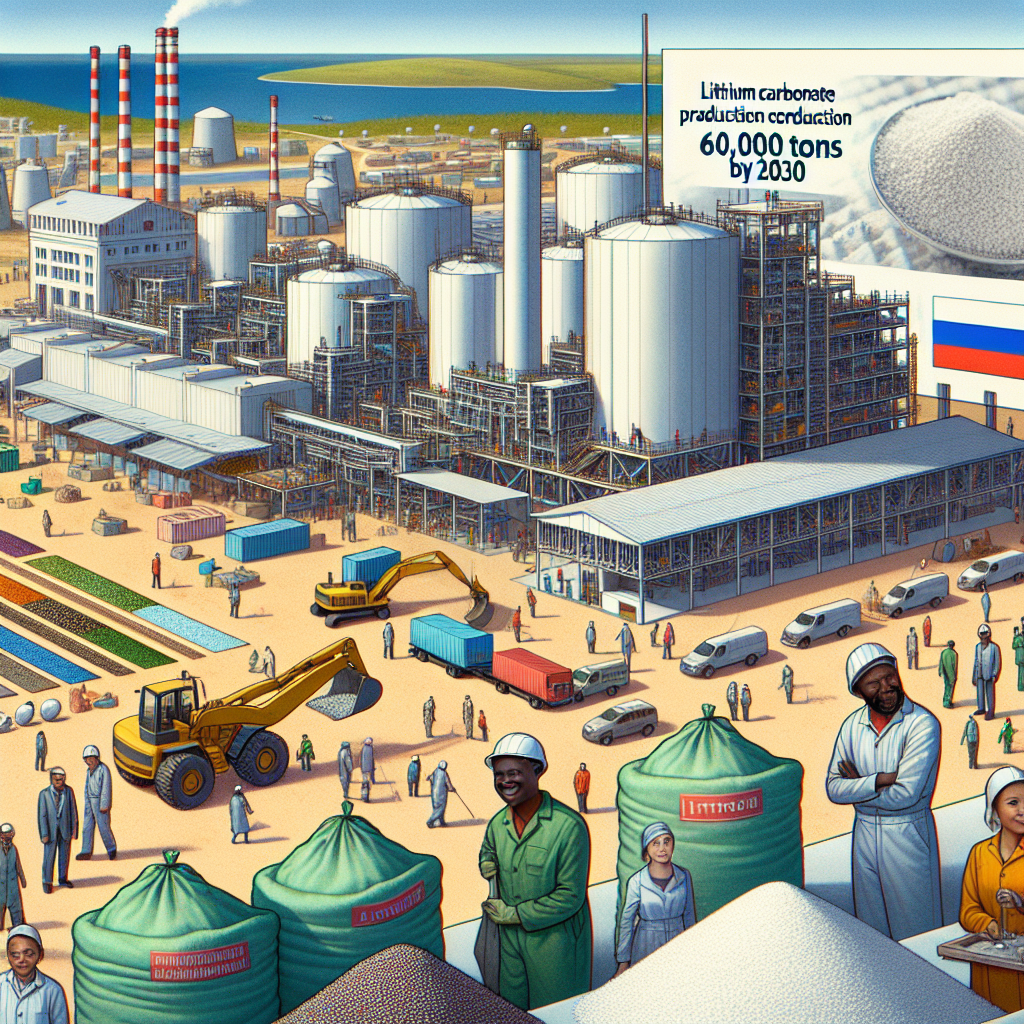Russia’s Ministry of Natural Resources announced on Monday (March 17) its plan to produce at least 60,000 tons of lithium carbonate by 2030 to reduce dependence on imports and drive the production of high-capacity batteries.
In recent months, key mineral resources including lithium and rare earth metals have gained attention. The US President, Trump, has been trying to counter China’s dominance in this field by providing production agreements to Ukraine and Russia, while also seeking to end the ongoing Russia-Ukraine war that has lasted for over three years.
Lithium is an essential metal in the production of electric vehicles, and the United States Geological Survey (USGS) has listed it as one of the 50 critical minerals. With Russian companies beginning large-scale production of lithium batteries and electric vehicles in recent years, the demand for lithium has surged. Official reports from Russia indicate that the country has a reserve of 3.5 million tons of lithium oxide.
However, according to the US Geological Survey’s estimate in 2024, Russia’s lithium reserves are around 1 million tons, ranking 14th globally. The pure lithium content in lithium oxide is approximately one-third, while in lithium carbonate it is around 20%.
“The domestic industrial lithium production will start in 2030,” stated Russia’s Ministry of Natural Resources. “The long-term reliance on imported lithium is crucial, and it is now imperative to swiftly establish production facilities and accelerate the extraction and processing of this strategically important resource for the national economy.”
President Putin of Russia had previously expressed that Russia should expedite its lithium mining plans. As Ukraine is expected to sign a crucial mineral cooperation agreement with the United States, Putin has shown willingness to cooperate with the US in the rare earth field. Trump also echoed this sentiment in a tweet, stating that both sides are working together to promote economic development and that negotiations are progressing smoothly.
The Ministry of Natural Resources of Russia stated that exploration permits for three major lithium mines have already been issued, including Kolmozerskoye and Polmostundrovskoye mines in the Murmansk region in northwestern Russia, and the Tastygskoye mine in the Tuva Republic bordering Mongolia.
The government anticipates that these three mine areas along with their associated processing facilities will commence operations by 2030. In 2023, Russia only extracted 27 tons of lithium as a by-product from a greenstone mine in the Ural Mountains.
Kolmozerskoye mine holds a quarter of Russia’s known lithium reserves and is operated by Polar Lithium, a joint venture between Russian metal giant Nornickel and the state-owned nuclear energy company Rosatom.
The permit for the Polmostundrovskoye mine is held by the private enterprise Arctic Lithium, while the Tastygskoye mine is controlled by Elbrusmetall-Lithium, a subsidiary of the defense industry group Rostec under Russian Technologies Corporation.
This strategic move by Russia signifies its commitment to reducing reliance on imports and enhancing its self-sufficiency in the crucial realm of lithium production, aligning with global trends in electric vehicle technology and renewable energy storage.

